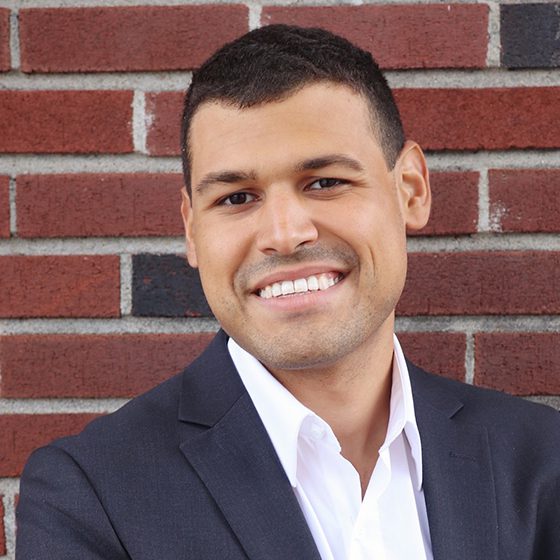
Biography
Nick earned his Ph.D in Physics from the Massachusetts Institute of Technology. His thesis focused on light-matter interactions in nanophotonic structures. He then moved to Harvard University as a Junior Fellow of the Harvard Society of Fellows, where he worked on developing sources of quantum light such as squeezed states. In 2025, Nick will join the School of Applied and Engineering Physics at Cornell, where his lab will focus on developing novel light sources at new frequencies using nonlinear effects, as well as developing and applying quantum light sources for sensitive measurements.
Research Interests
- Optical Physics
- Condensed Matter and Material Physics
- Nanotechnology
- Quantum Information Science
Advances in nanoscience have allowed us as a community to control the propagation and generation of light. One of the most powerful and versatile modern techniques for controlling light is creating “photonic quasiparticles.” When light propagates through a material, it strongly interacts with the underlying material polarization, forming a new effective particle. This “photonic quasiparticle” carries a moving electromagnetic field, just like photons in vacuum, but the underlying properties, such as the energy-momentum dispersion and polarization properties can be very different (see Ref. [3]). When interfacing these photonic quasiparticles with various quantum emitters— such as atomic defects, quantum dots, or free electrons—light emission can be strongly enhanced and controlled. Moreover, a variety of exotic phenomena can be realized that have no analogs with photons in vacuum. See references 1 and 2 below for some of those examples. In reference 1, we showed how polariton excitations in 2D materials could enable “forbidden transitions,” while in reference 2we showed a new type of vacuum force that acts on charged particles, enabling strong X-ray emission without strong applied magnetic fields).
Importantly, these photonic quasiparticles can also be strongly shaped by the underlying material geometry. Controlling light in this way is the foundation of the field called “nanophotonics” which has already enabled transformative applications in light generation, communications, and laser technology. As a recent example of applications realized by nanophotonic control, see reference 4, where we used nanophotonic structures to enhance the detection of ionizing radiation (like X-rays and beta particles). Ionizing radiation is often detected using materials called scintillators, which emit light upon bombardment by the radiation. Since that radiation is dependent on the dispersion of light and the density of states, it stands to reason that by etching nanoscale patterns into scintillators, light emission can be strongly influenced.
Select Publications
-
Nicholas Rivera, Jamison Sloan, Yannick Salamin, John D. Joannopoulos, and Marin Soljačić. “Creating large Fock states and massively squeezed states in optics using systems with nonlinear bound states in the continuum,” Proceedings of the National Academy of Sciences (2023).
-
Charles Roques-Carmes, Nicholas Rivera, Ali Ghorashi, Steven Kooi, Yi Yang, Zin Lin, Justin Beroz, Nicolas Romeo, John D., Joannopoulos, Ido Kaminer, Steven G. Johnson, and Marin Soljačić. “A general framework for scintillation in nanophotonics,” Science (2022).
-
Nicholas Rivera and Ido Kaminer. “Light-matter interactions with photonic quasiparticles,” Nature Reviews Physics (2020).
-
Nicholas Rivera, Liang Jie Wong, John D. Joannopoulos, Marin Soljačić, and Ido Kaminer, “Light emission based on nanophotonic vacuum forces,” Nature Physics (2019).
-
Nicholas Rivera, Ido Kaminer, Bo Zhen, John D. Joannopoulos, and Marin Soljačić, “Shrinking light to allow forbidden transitions on the atomic scale,” Science (2016).
Select Awards and Honors
- Tingye Li Innovation Prize, Optica 2024
- Andrew M. Lockett III Memorial Fund Award, Massachusetts Institute of Technology 2022
- Junior Fellowship, Harvard Society of Fellows 2021
- LeRoy Apker Award, Americal Physical Society 2016
Education
- Ph.D. in Physics, Massachusetts Institute of Technology, 2022 2022
- Bachelor of Science in Physics, Massachusetts Institute of Technology 2016